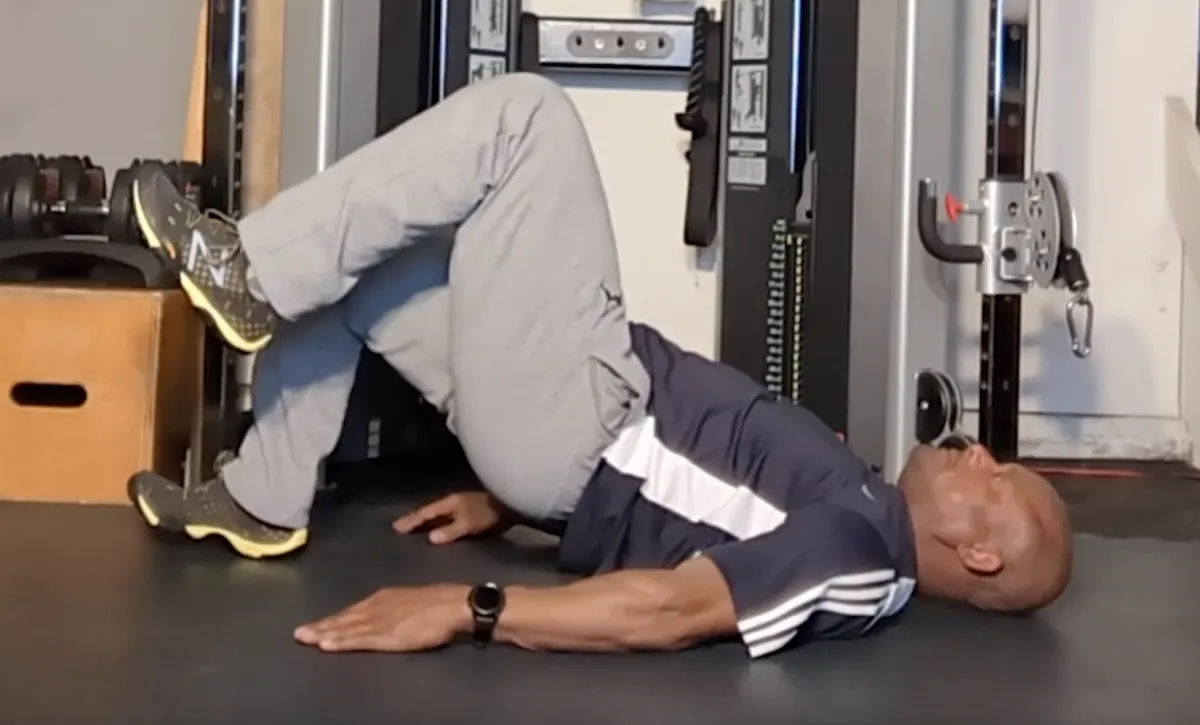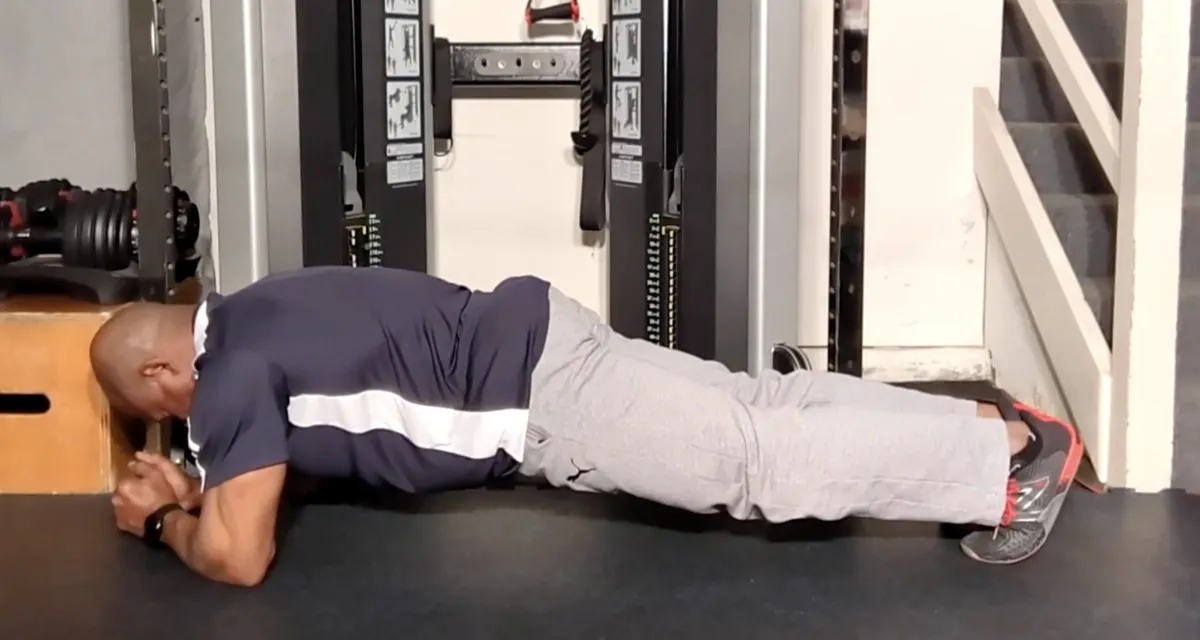
RESOURCES

Sitting Too Much? How Prolonged Sitting Contributes to Hip Pain
If you spend most of your day sitting—whether at a desk, in a car, or on the couch—you may have noticed increasing discomfort in your hips and lower back. Trust me, you’re not alone. Sitting for prolonged periods can wreak havoc on your body, leading to muscle imbalances, stiffness, and even long-term pain.
Let me share with you why this happens, and what can you do to counteract it? Let’s break it down.

How Sitting Leads to Hip and Lower Back Pain
Muscle Weakness and Tightness
Sitting for extended periods leads to imbalances in key muscle groups, particularly:
Hip Flexors (Tight and Shortened): The hip flexors, particularly the iliopsoas, stay in a shortened position when you sit. Over time, they become tight, restricting hip mobility and pulling on your lower back.
Glutes (Weak and Inactive): Your glute muscles (gluteus maximus, medius, and minimus) are among the body’s strongest stabilizers. Sitting shuts them down, leading to weakness. When the glutes aren’t properly engaged, the lower back and hamstrings overcompensate, often leading to pain and strain.
Core Muscles (Weak and Underused): A strong core supports the lower back and maintains posture. However, prolonged sitting disengages the core, making the lower back more vulnerable to stress.
Impact on the Lower Back
When your hip flexors tighten and your glutes and core weaken, the pelvis tilts forward, causing an excessive arch in the lower back (anterior pelvic tilt). This poor alignment leads to chronic tension, discomfort, and even conditions like sciatica or herniated discs over time.
The Cardiovascular Toll of Sitting Too Long
Beyond the musculoskeletal issues, sitting for long periods also affects your overall health—especially your cardiovascular system. Large muscle groups, like the glutes and legs, play a crucial role in circulation. When they aren’t engaged:
Blood flow slows, increasing the risk of clotting and poor circulation.
The body burns fewer calories, contributing to weight gain and metabolic issues.
The heart and lungs don’t get the stimulation they need to stay strong, increasing the risk of heart disease and high blood pressure.
Regular movement keeps these large muscle groups engaged, promoting better circulation and cardiovascular health.
The Role of Posture in Preventing Pain
Proper posture is essential for preventing hip and lower back pain, yet many of us fall into bad habits when we sit. Common posture mistakes include:
Slouching or rounding the lower back
Leaning too far forward, putting strain on the spine
Crossing legs for prolonged periods, which can misalign the pelvis
How to Improve Your Posture While Sitting
Keep your feet flat on the floor, knees at a 90-degree angle.
Sit with your back straight and shoulders relaxed.
Ensure your lower back is supported (use a lumbar roll or ergonomic chair if needed).
Adjust your screen height to prevent leaning forward.
How to Counteract the Negative Effects of Sitting

1. Stand and Move Frequently
Set a timer to stand and stretch every 30-60 minutes.
Walk around for a few minutes to increase circulation and activate muscles.
2. Strengthen the Right Muscles
Focusing on strengthening weak muscles and stretching tight ones can help restore balance:
Strengthen:
Glutes – Squats, hip thrusts, and glute bridges
Core – Planks, dead bugs, and bird dogs
Postural Muscles – Rows, face pulls, and back extensions
Stretch & Mobilize:
Hip Flexors – Lunge stretches, couch stretch
Hamstrings – Forward folds, hamstring stretches
Lower Back – Cat-cow stretches, child’s pose
3. Use a Standing Desk or Ergonomic Setup
If possible, alternate between sitting and standing throughout the day. A standing desk can help keep your muscles engaged and improve posture.
4. Stay Active Outside of Work
Aim for at least 150 minutes of moderate-intensity exercise per week (walking, cycling, strength training).
Incorporate activities that promote flexibility and mobility, such as yoga or Pilates.
Sitting may be unavoidable, but it doesn’t have to lead to chronic hip and lower back pain. By understanding how prolonged sitting affects your muscles and overall health, you can take proactive steps to improve your posture, strengthen key muscle groups, and keep your body moving.
As we always say, your body was designed for movement—so stand up, stretch, and make daily activity a priority. Your hips, back, and heart will thank you!
Sheila Mann's Testimonial
Sheila Mann doing Suspension Strap Push-ups on an elevated Single Leg.
Just another Saturday Workout Part 2
Spray Tan Fitness
Dreams or Goals
Intro to Self-Myofascial Release
Self Massage using the Energy F X Tube (Upper Body)
Self-Massage for Lower Body using Energy F X Tube (IT Band , Glutes)
Level 3
This is our advance level. In this level you will be asked to increase the challenges to your strength, balance and to some degree, your conditioning. We continue to focus on the major joints of the body (hips, shoulder, and knees) with the added challenge of resistance. This level also includes the added challenge of coordination, as many movements require the integrated movement of both upper and lower body.

Level 4
This is our premium level. In this level you will be asked to significantly challenge your body through increased demands on your functional core strength in movements that will significantly challenge your balance and strength simultaneously. Here we will ask you to begin to optimize your balance, core activation, and improved range of motion in a functional aspect – integrated movement of both upper and lower body, but at a higher level of accountability.
